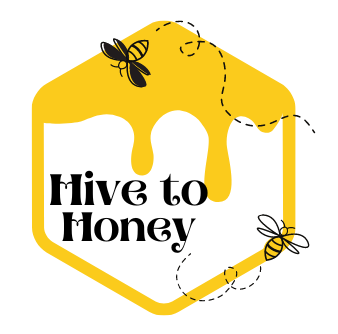Ways to support honeybee conservation
Ways to Support HoneyBee Conservation: Taking Action for the Future of Pollinators
Honeybees are invaluable pollinators that play a vital role in sustaining ecosystems and food production worldwide. However, honeybee populations are facing significant challenges, including habitat loss, pesticide exposure, diseases, and climate change. To protect these essential insects and ensure their continued contribution to our environment, it is crucial for individuals, communities, and policymakers to actively support honeybee conservation efforts. In this article, we will explore various ways in which you can contribute to honeybee conservation and make a positive impact on their survival.
Ways to support honeybee conservation:
One of the most effective ways to support honeybee conservation is by providing suitable habitats for bees. Plant a diverse range of flowering plants in your garden or balcony, including native species, to offer abundant sources of nectar and pollen throughout the year. Choose plants with different bloom times to ensure a continuous food supply. Avoid using pesticides and opt for organic gardening practices to protect bees from harmful chemicals.
Some bee species, such as solitary bees, require nesting sites to lay their eggs and rear their young. You can support these bees by building bee houses or providing natural nesting sites. Bee houses can be made using bamboo tubes, hollow reeds, or blocks of wood with drilled holes. Place these structures in a sunny location protected from wind and rain.
Support local beekeepers by purchasing their honey and other bee-related products. By doing so, you contribute to their livelihood and the preservation of beekeeping traditions. Look for honey labeled as “local” or “raw” to ensure you are supporting beekeepers in your region. Participate in beekeeping workshops or events organized by local beekeeping associations to learn more about beekeeping and the challenges faced by beekeepers.
Raise awareness about the importance of honeybees and the threats they face. Stay informed about honey bee conservation by reading books, articles, and reputable online resources. Share your knowledge with friends, family, and community members. Organize educational events or workshops to teach others about the significance of pollinators and ways to support their conservation.
Advocate for policies that protect pollinators and their habitats. Stay informed about local and national policies related to pesticide use, habitat preservation, and land management. Engage with your elected representatives, urging them to support initiatives that promote sustainable agriculture, reduce pesticide exposure, and protect pollinator habitats.
Get involved with local conservation organizations or beekeeping associations that are working towards honeybee conservation. Volunteer your time and skills for activities such as habitat restoration, planting pollinator-friendly gardens, or assisting beekeepers with hive maintenance. By actively participating in conservation projects, you contribute to the preservation of honeybees and their ecosystems.
Donate to or support organizations involved in honeybee research, conservation, and bee health initiatives. These organizations conduct crucial studies to understand the factors impacting honeybee populations and develop strategies for their protection. Your contributions can help fund research projects, establish bee health programs, and raise awareness about the importance of honeybee conservation.
Honey bees are facing numerous challenges that threaten their populations and the ecosystems they support. By actively engaging in honey bee conservation efforts, we can collectively make a difference in their survival. Whether it’s creating bee-friendly habitats, supporting local beekeepers, educating others, advocating for pollinator-friendly policies, or volunteering for conservation projects, every action counts. Let us embrace our role as stewards of the environment and work together to protect honey bees for future generations and the sustainability of our planet.
More From The Hive:

Unveiling Turkey’s Sweet Symphony: Exploring Honey Types and Varieties
Turkey, a land where ancient traditions meet breathtaking landscapes, has a rich history of honey production and a remarkable diversity of honey types. With its diverse climate zones, vast floral resources, and a strong culture of beekeeping, Turkey offers an ideal environment for bees to gather nectar and create a

Discovering Ethiopia’s Golden Treasures: A Journey Through Honey Types and Varieties
Ethiopia, a land known for its rich history, vibrant culture, and breathtaking landscapes, is also celebrated for its diverse and high-quality honey production. With its lush forests, fertile valleys, and vast floral resources, Ethiopia offers an ideal environment for bees to thrive and create a wide range of honey types.
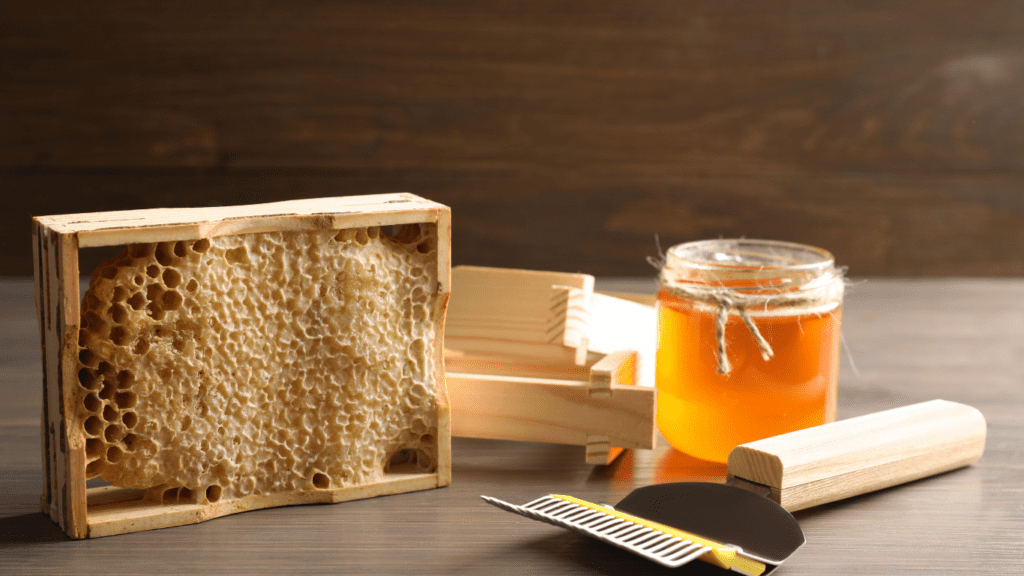
Getting Started with Beekeeping: Essential Equipment and Supplies
Starting your journey as a beekeeper is an exciting endeavor that allows you to connect with nature, support pollinators, and reap the rewards of honey production. To set yourself up for success, it’s crucial to have the right equipment and supplies. In this blog, we will guide you through the
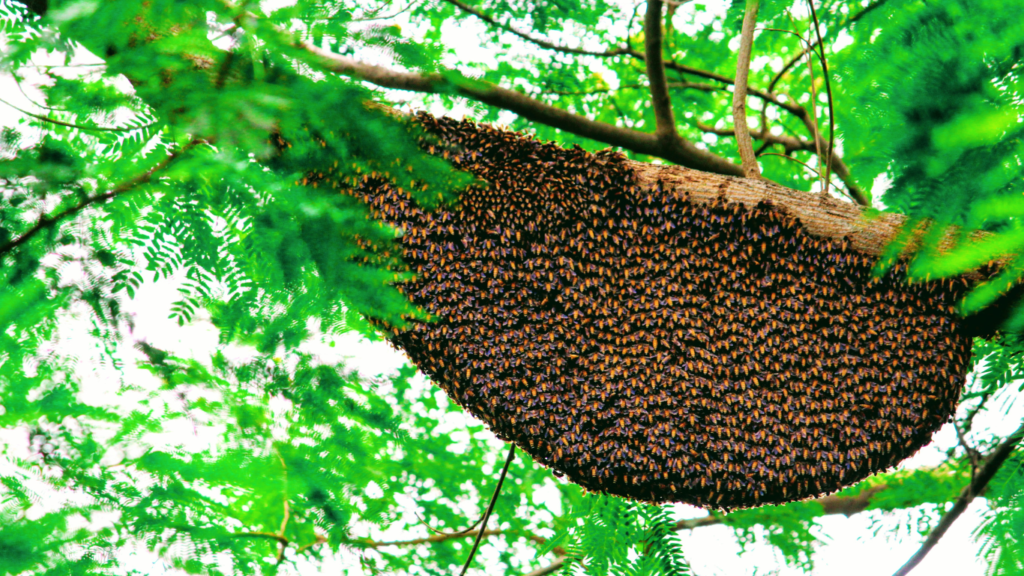
Choosing the Right Hive: Exploring Different Beehive Types
Selecting the right beehive is a crucial decision for beekeepers. The beehive serves as the home for your honeybee colony and plays a vital role in its success and productivity. With various hive types available, it’s important to understand their unique characteristics and suitability for your beekeeping goals. In this
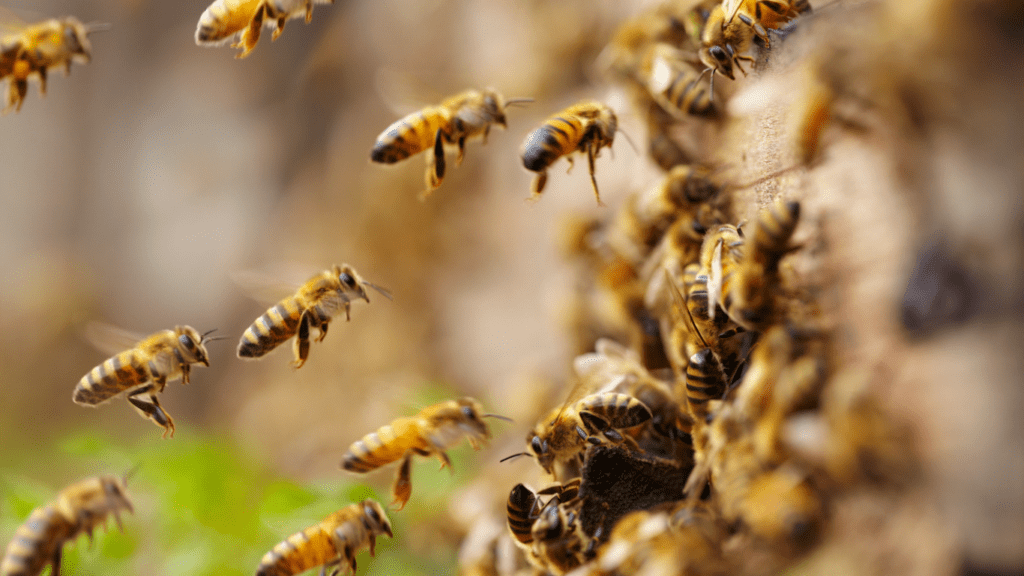
The ABCs of Bees: A Beginner’s Guide to Understanding Bee Basics
Bees are incredible creatures that have been buzzing around for millions of years, playing a vital role in our ecosystem. From pollinating flowers to producing delicious honey, bees are an integral part of our natural world. If you’re new to the world of bees and want to unravel the secrets
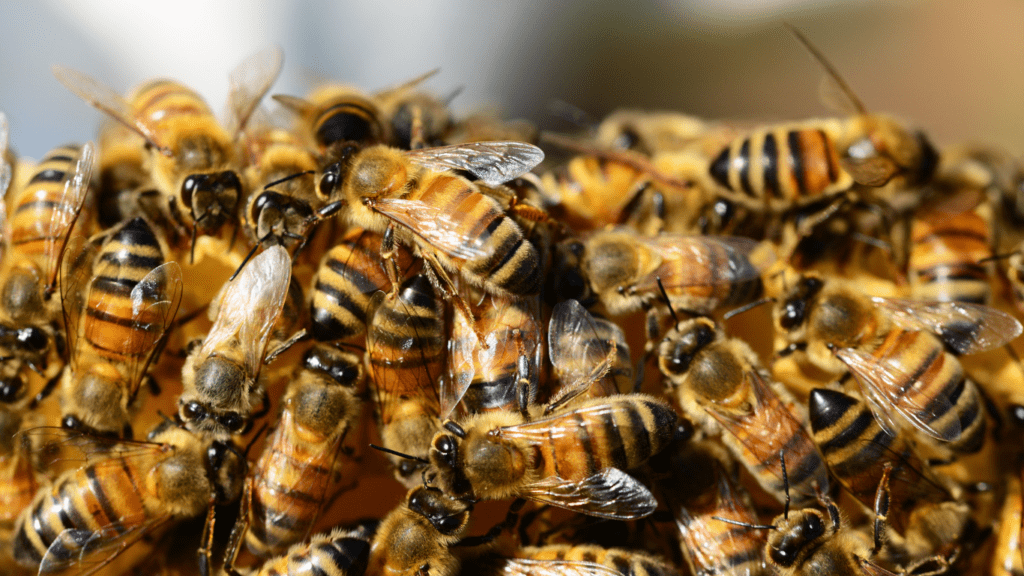
The Secret Life of Bees: Unraveling the Intricacies of Bee Behavior
Bees, with their intricate social structure and fascinating behaviors, lead a secret life that is both awe-inspiring and complex. As we delve into the hidden world of bees, we uncover a realm of communication, cooperation, and efficiency that is vital to their survival and our ecosystem. In this blog, we
